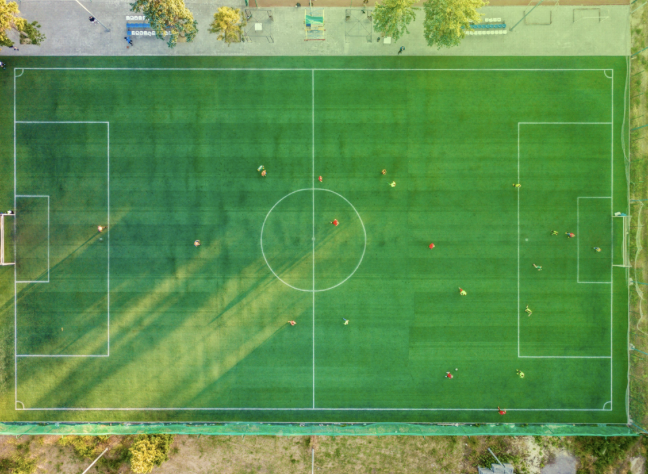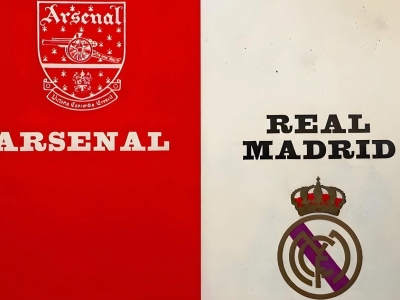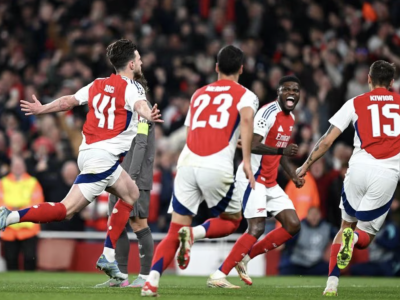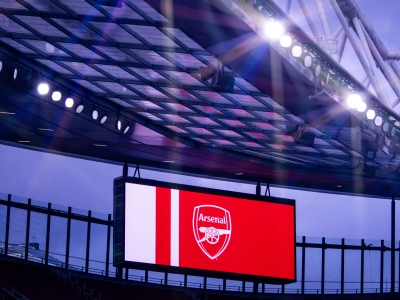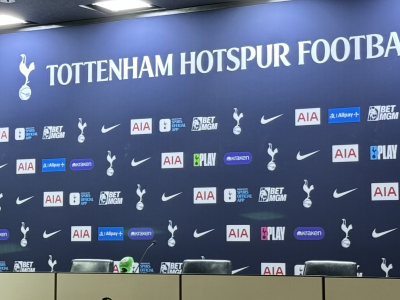Football, commonly known as the beautiful game, has experienced many changes recently, mostly because of the incorporation of technology. The incorporation of such things as VAR and goal-line technology has not only helped improve the standard of refereeing, but it has also created a lot of controversy among fans, players, and analysts. Analyze the effects of technology in football to understand how these developments have influenced the game.
The Advent of Goal-Line Technology
Goal-line technology is one of the first major technological changes introduced to football. The game before the introduction of this law only depended on the referee’s decision on whether the ball had crossed the goal line completely, which often raised a lot of controversies. A clear example of this was the “Ghost Goal” in the 1966 World Cup final, where Geoff Hurst shot for England and the ball was considered to have crossed the bar though it was not clear on the screen.
Goal-line technology is a system that involves applying several cameras that are very fast to determine the position of the ball near the goal area. As soon as the ball goes into the line, it generates a signal that is sent to the watch worn by the referee to indicate a goal. FIFA endorsed this technology in the year 2012 and it was first used in the 2014 World Cup.
The effect of goal-line technology has been significant. It has practically brought an end to controversies regarding the validity of a goal, it has made the question of how to bet on football easier for fans, and decisions are fair and quick. This has made the game depend on the performance of the players rather than on the officials.
The Introduction of VAR
The VAR system can be considered a more extensive technological innovation in football. Introduced by FIFA in 2018, VAR is designed to assist referees in making accurate decisions on key types of incidents: penalties, yellow and red cards, and other such incidents including those involving identity mix-ups.
VAR pertains to a group of assistant referees who view a particular event from different angles on the pitch. They then pass on their conclusions to the on-field referee, who takes the final decision on the matter to be enforced. This system seeks to eliminate simple and blatant mistakes to balance the game.
VAR has also elicited diverse opinions from different people as to whether it is good or not. On the positive side, it has been useful in correcting many wrong decisions, thus minimizing the incidence of unfair results. For instance, during the 2018 World Cup, the use of VAR helped to give correct penalties and to cancel out wrong red cards, which in essence made the championship fair and credible.
Other Technological Innovations
Apart from goal-line technology and VAR, other technological inventions have greatly influenced football. An example of this is the integration of wearable technology and performance analysis. Current athletes use diverse devices, like GPS trackers and heart rate monitors, during training and games for coaches and trainers to be able to know the players’ physical status, location, and how much they have worked.
Such an approach makes it possible to develop more effective training schedules, anti-injury measures, and tactics. This helps clubs know the fitness status of the players at any given time, thus ensuring they can make proper decisions on when to substitute or when to give the player some rest. These have made the management of players much more scientific and personalized and could therefore lead to longer and better careers.
Other modern equipment and technology include the application of modern cameras and software for tactical analysis. Coaches are now equipped with modern gadgets that can analyze virtually every angle of a match from the movement of the players to the layout of the teams. This allows for enhanced and precise strategic planning due to the ability of the teams to analyze their opponents’ characteristics in great depth.
The Effect on the Larger Game
Technological advancement in football has not only given a better and fair playing ground but has also had other ramifications in society. It can be seen as part of a general process of the businessification of the sport and increasing attention paid to it. This is because there are billions of dollars involved in the tournament and leagues across the globe, thus making credibility a must.
Also, technology has improved the fans’ engagement. Real-time match statistics interactive applications and virtual reality experiences give fans a new way to engage with the game. For instance, some of the broadcasting networks provide multiple camera angles in the replay and the use of augmented reality to enhance the viewer’s experience.
Therefore, it is equally right to state that technology has positively impacted football concerning the balance, efficiency, and experience of the fans. The use of goal-line technology and VAR has solved many of the game’s age-old problems and the performance analysis and tactics have transformed the approaches to training and match-play. Still, these improvements have their downsides, especially on the issue of preserving the sport and how much of it should rely on the machine. In fact, further development of technology will define the future of football in ways that cannot be foreseen at the moment.

